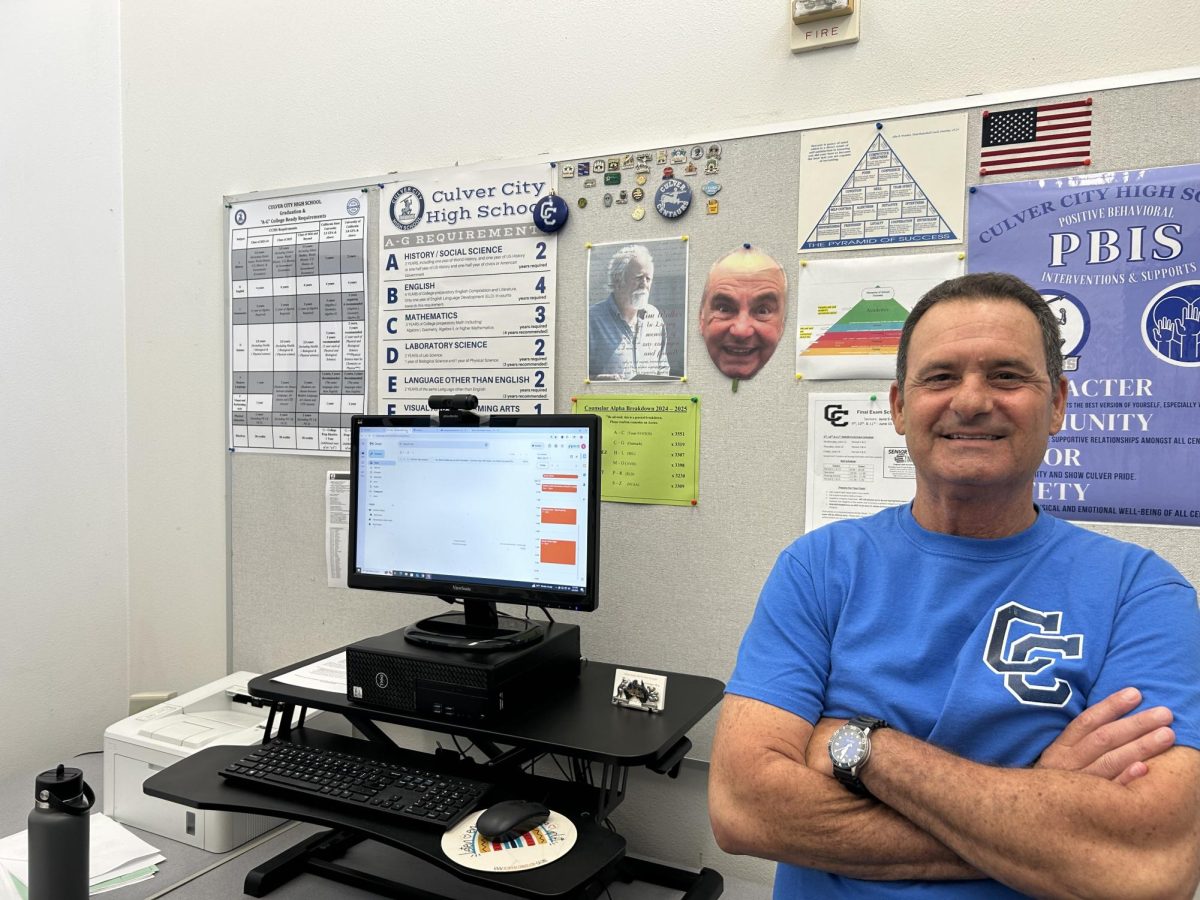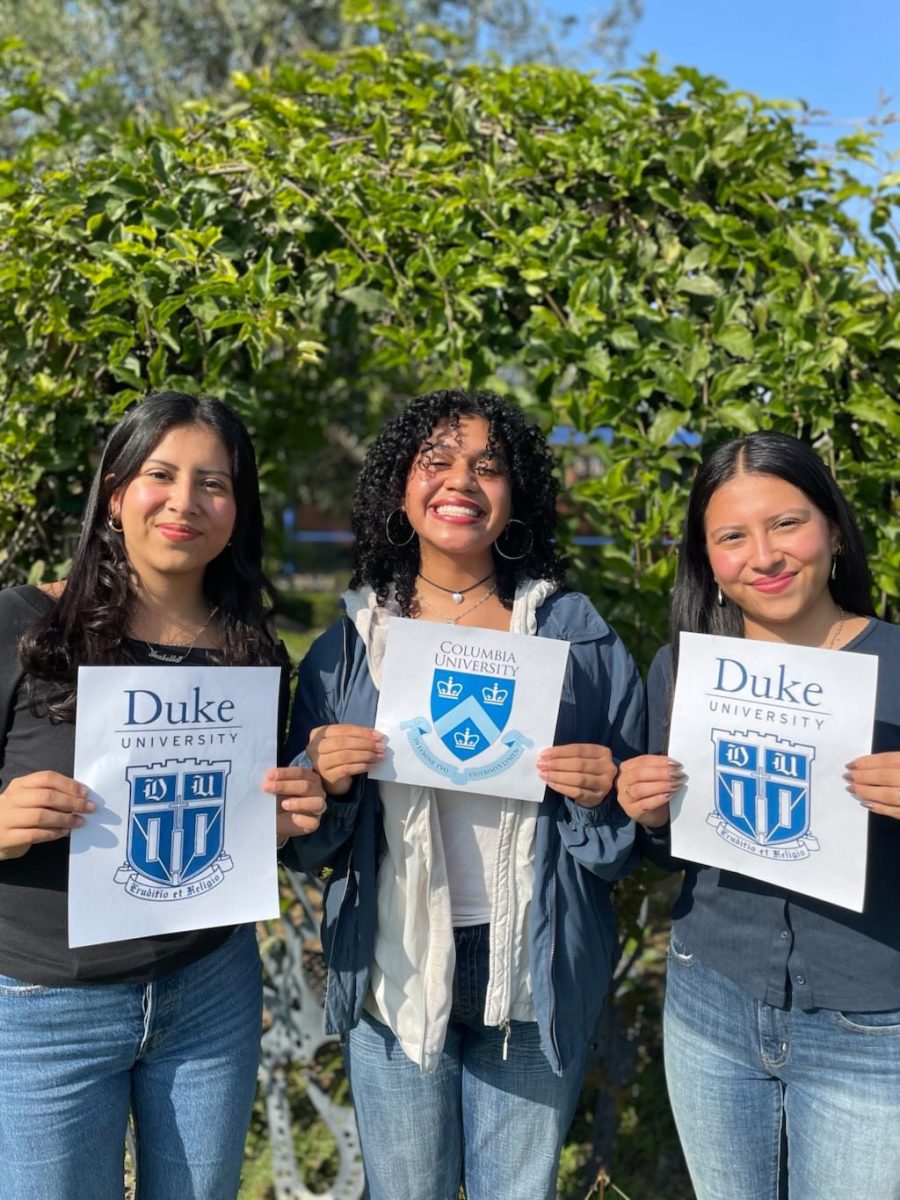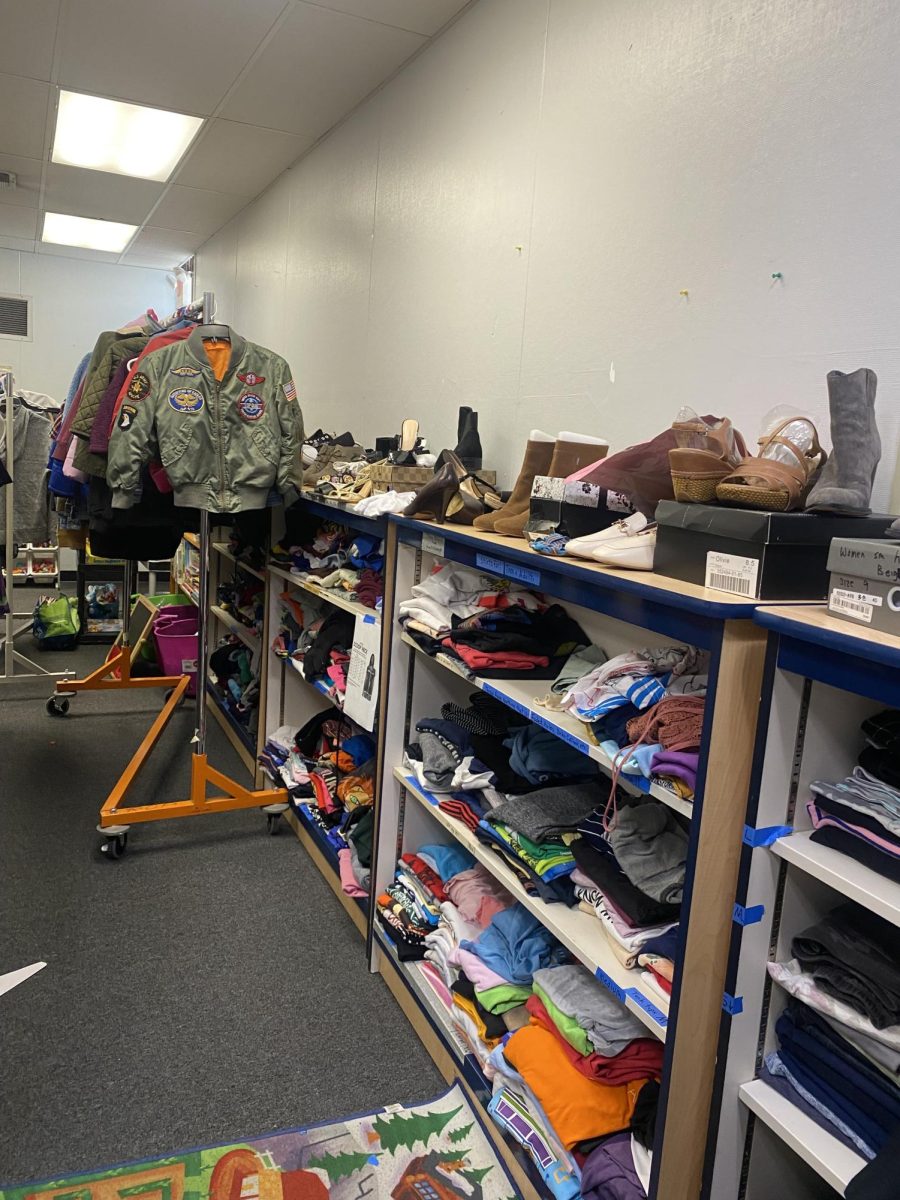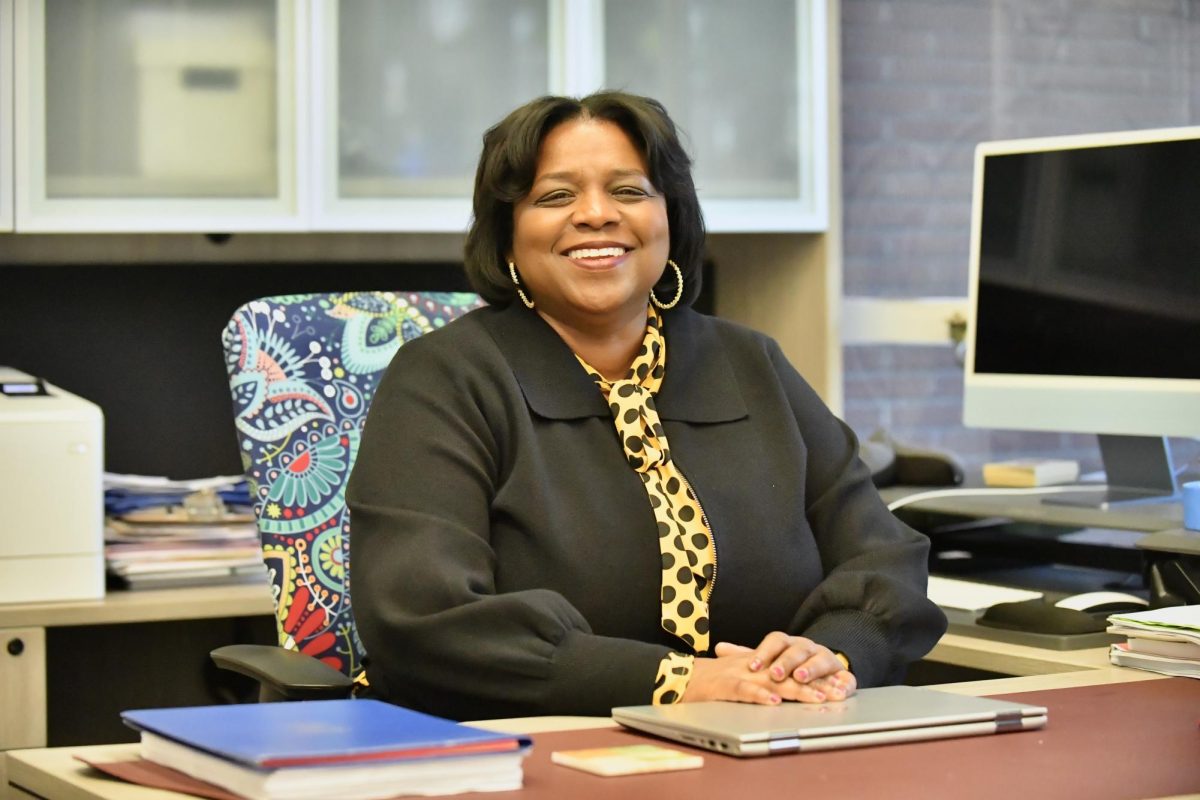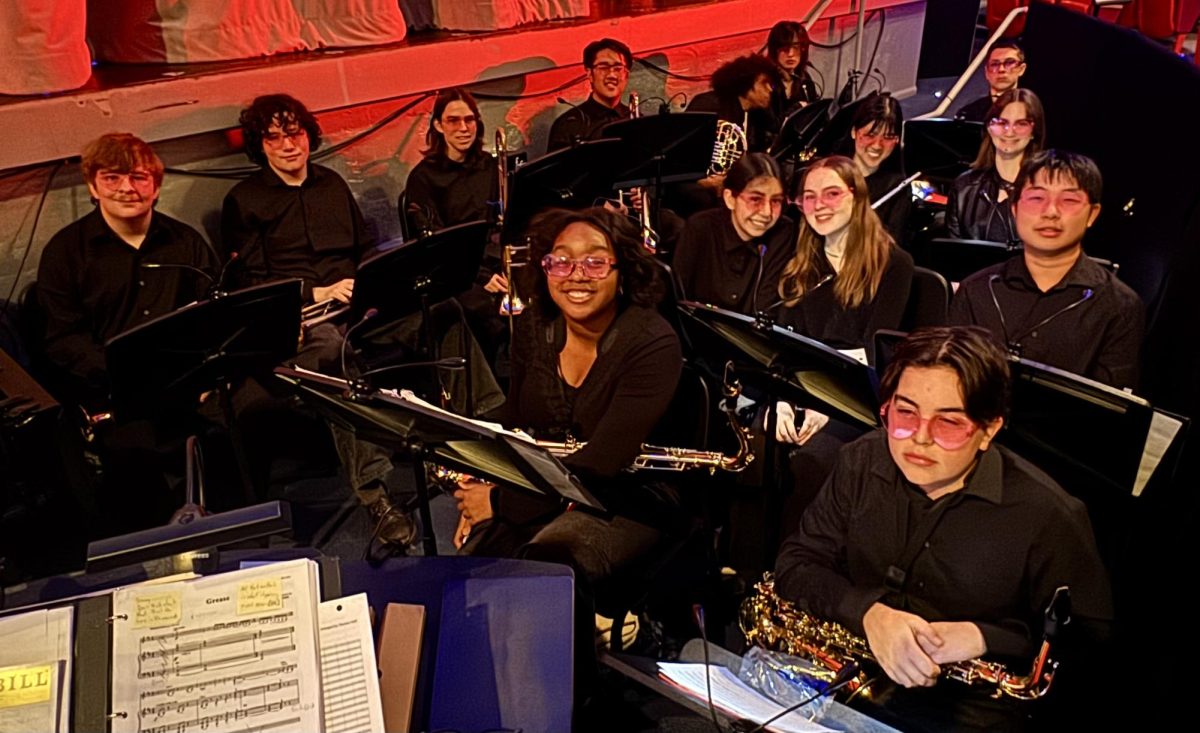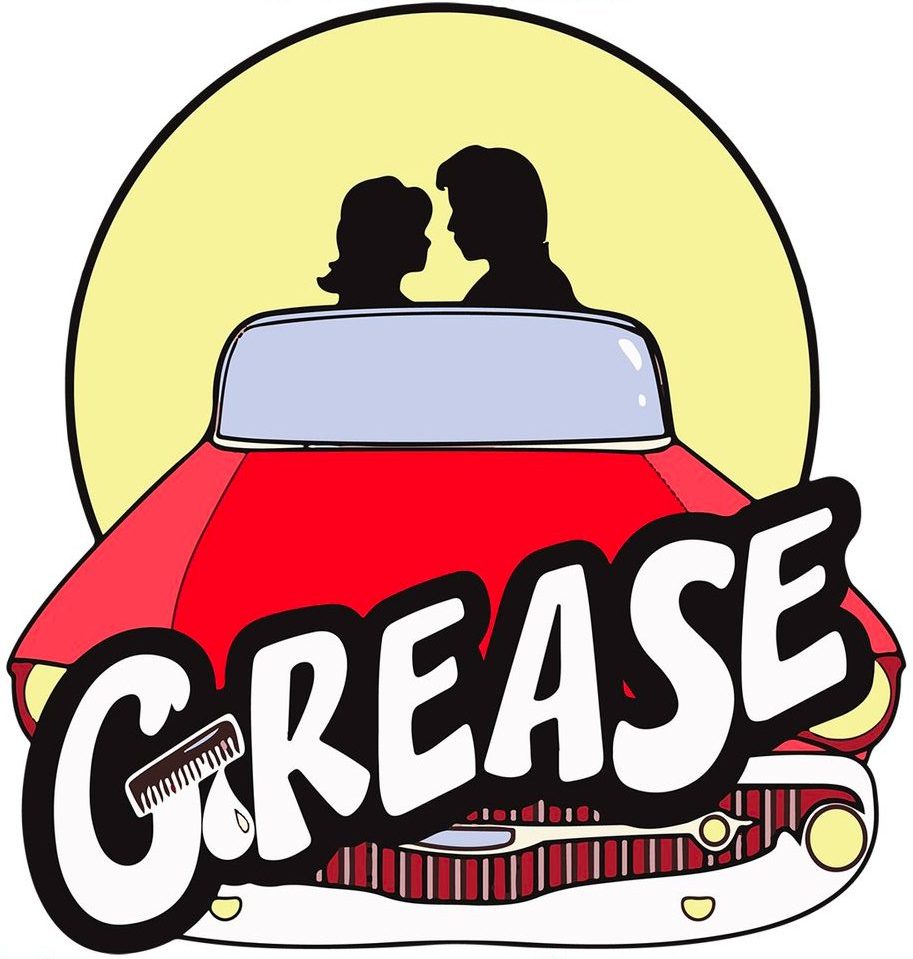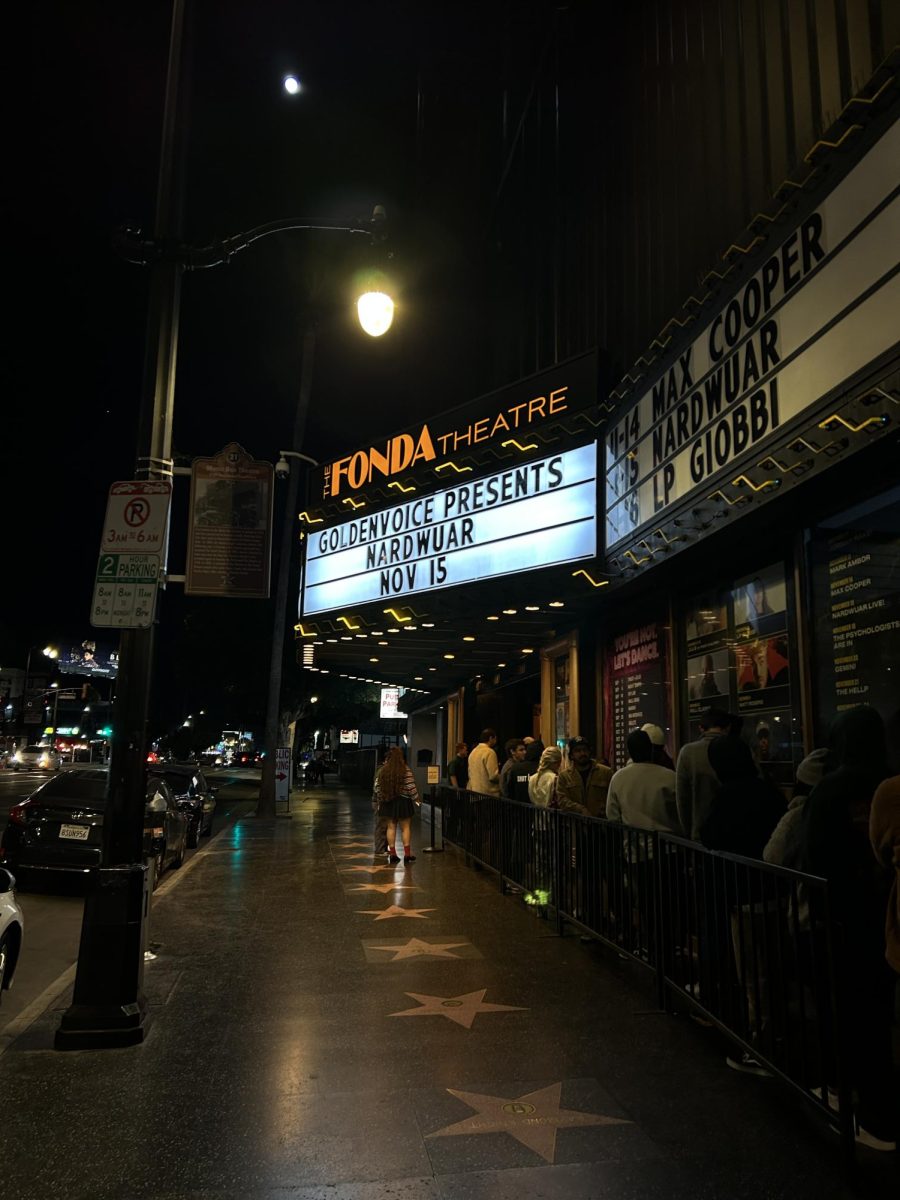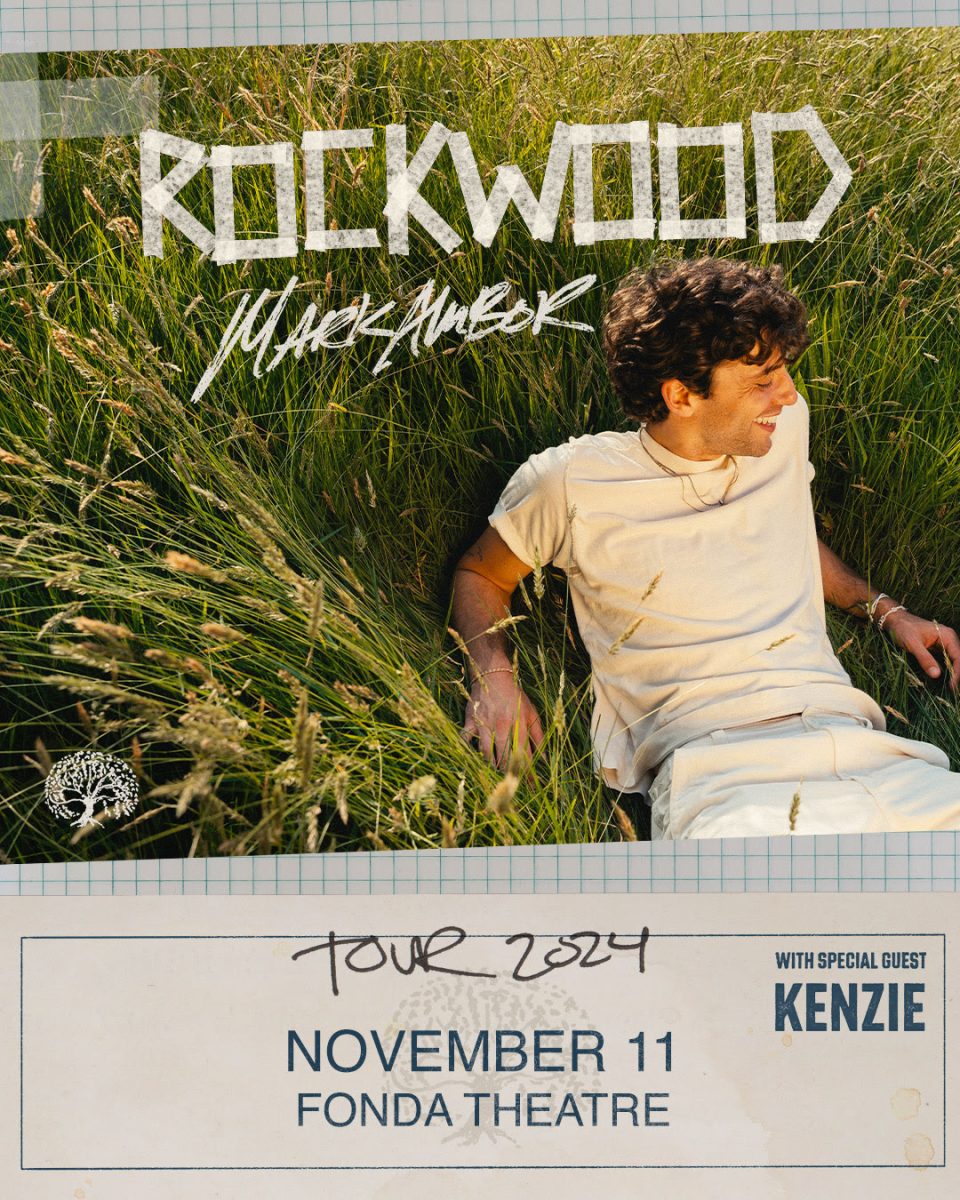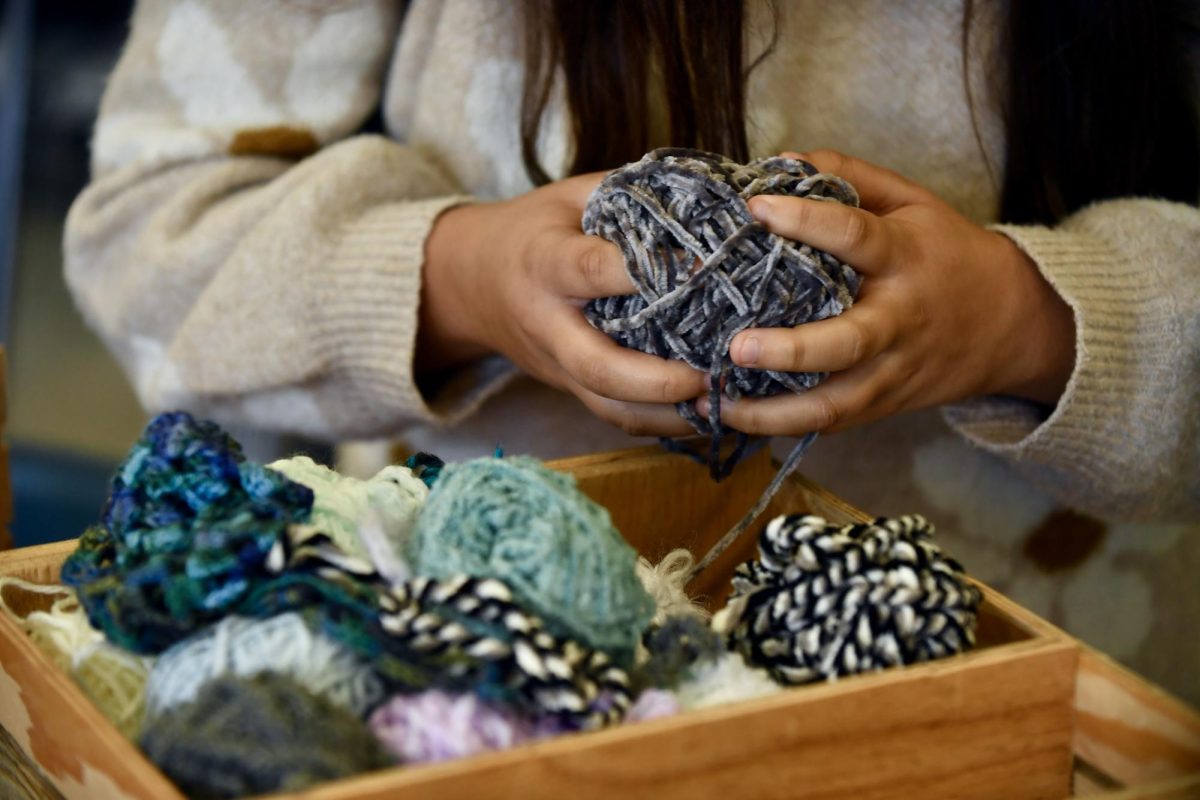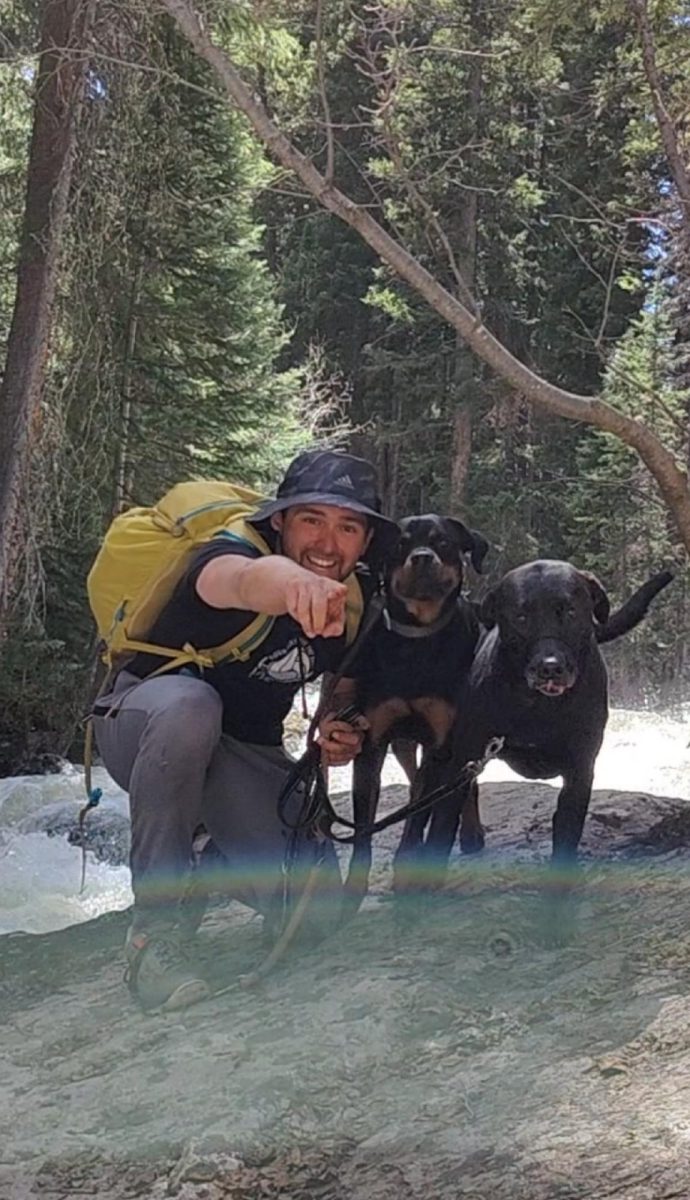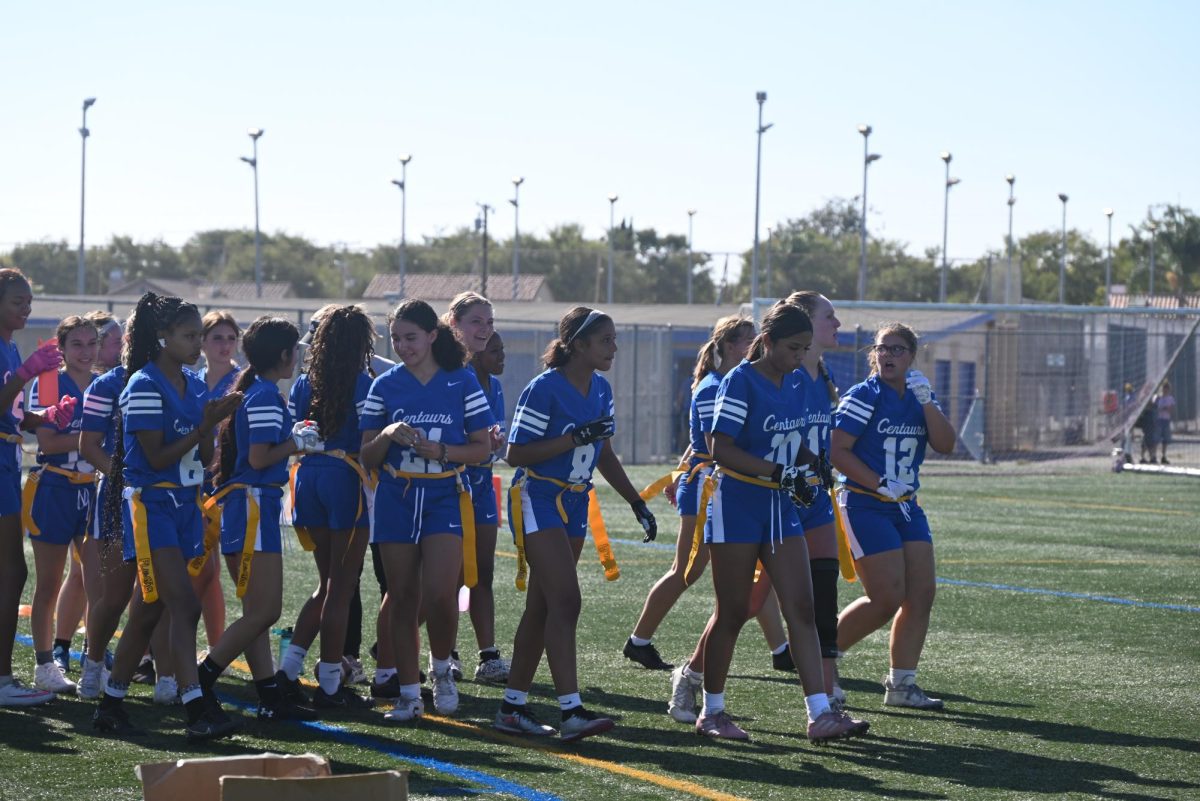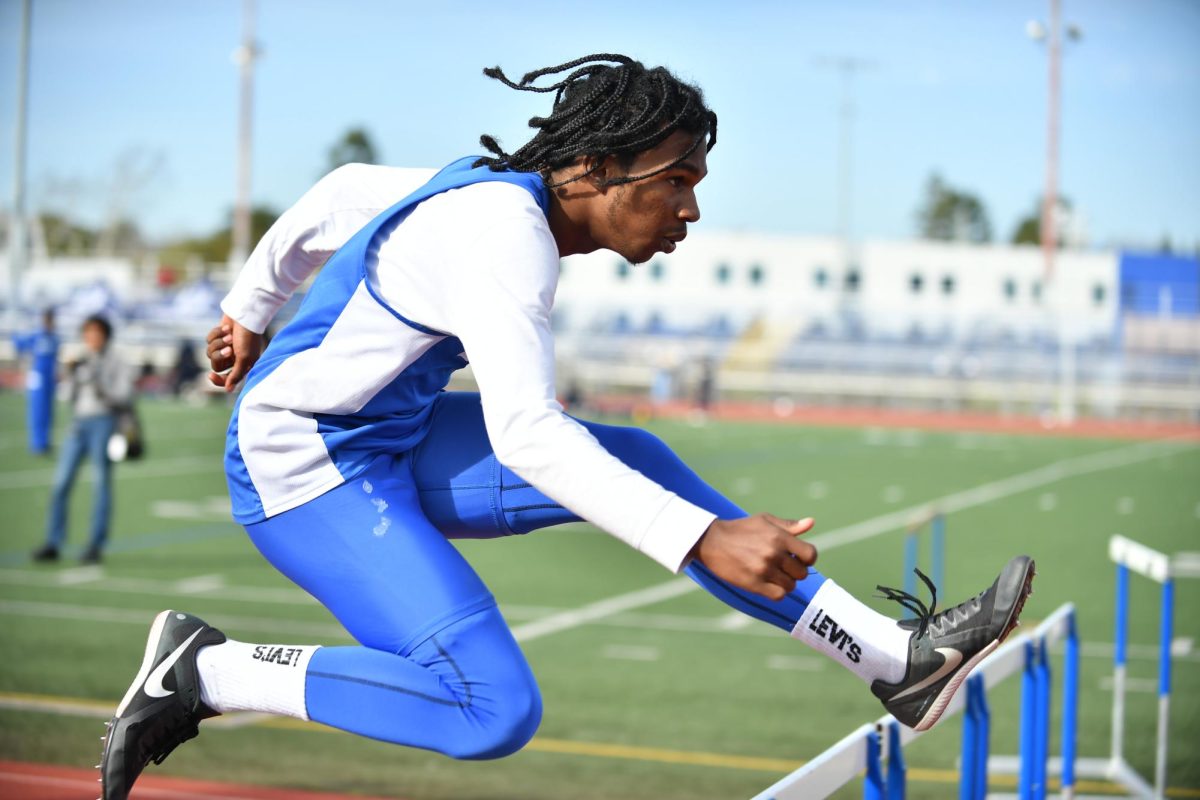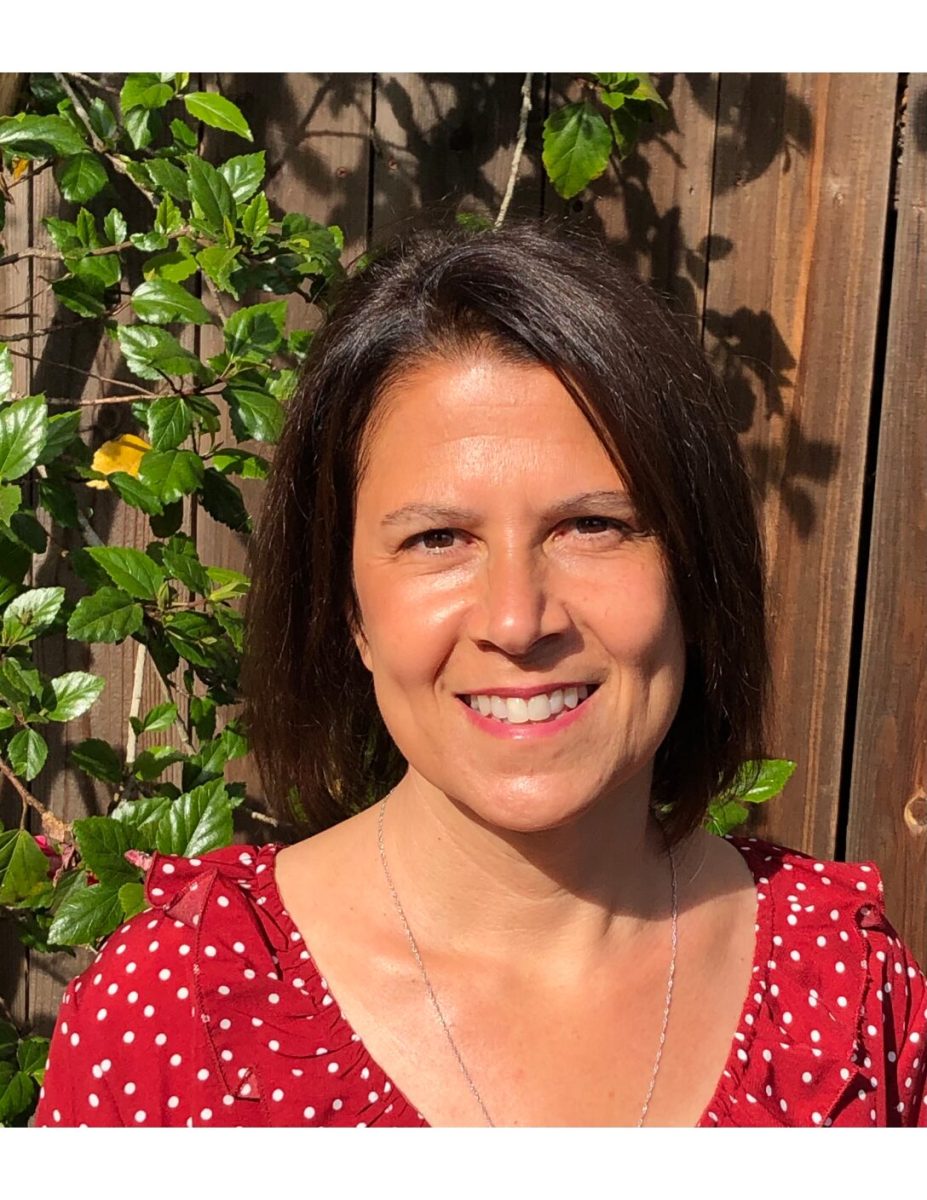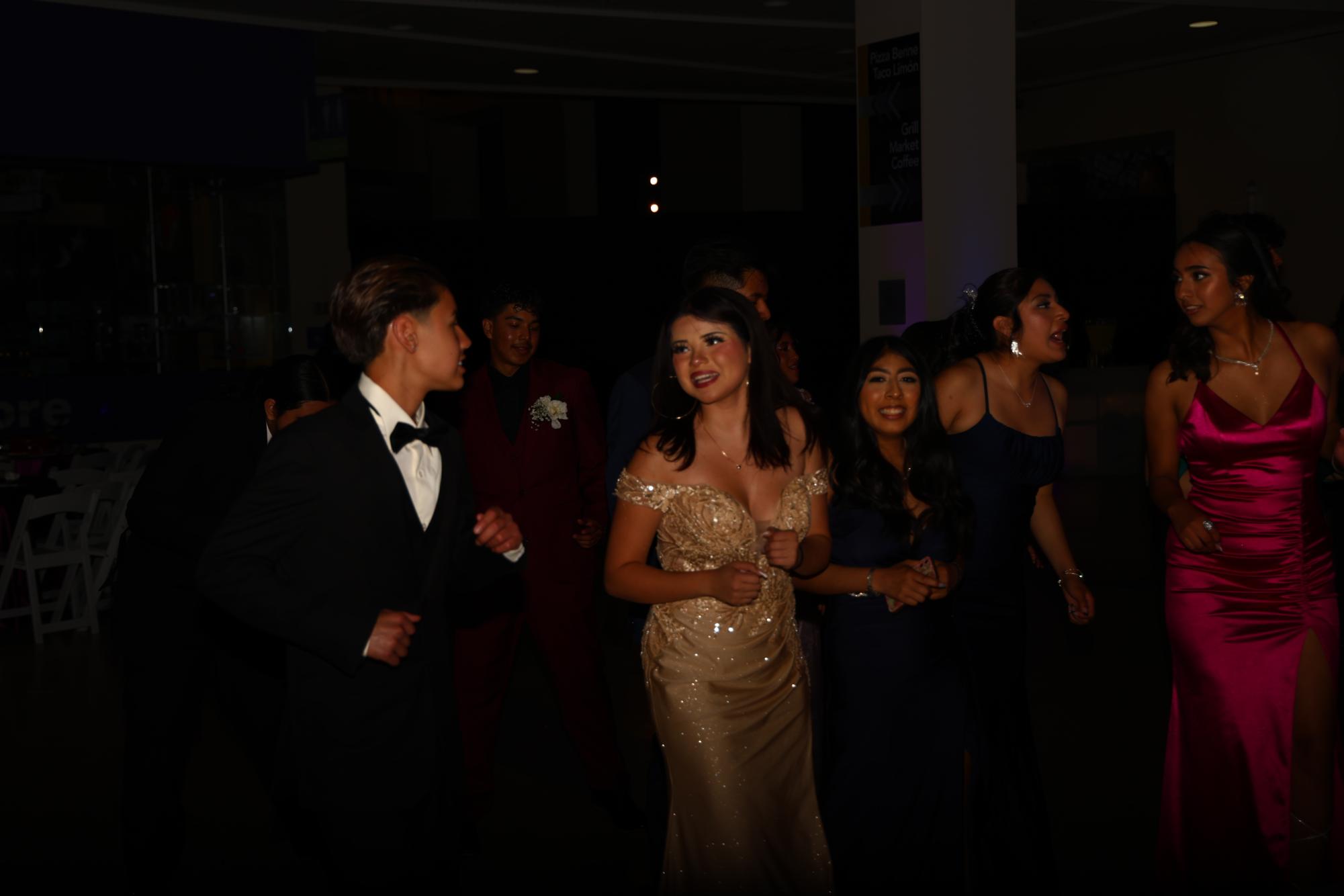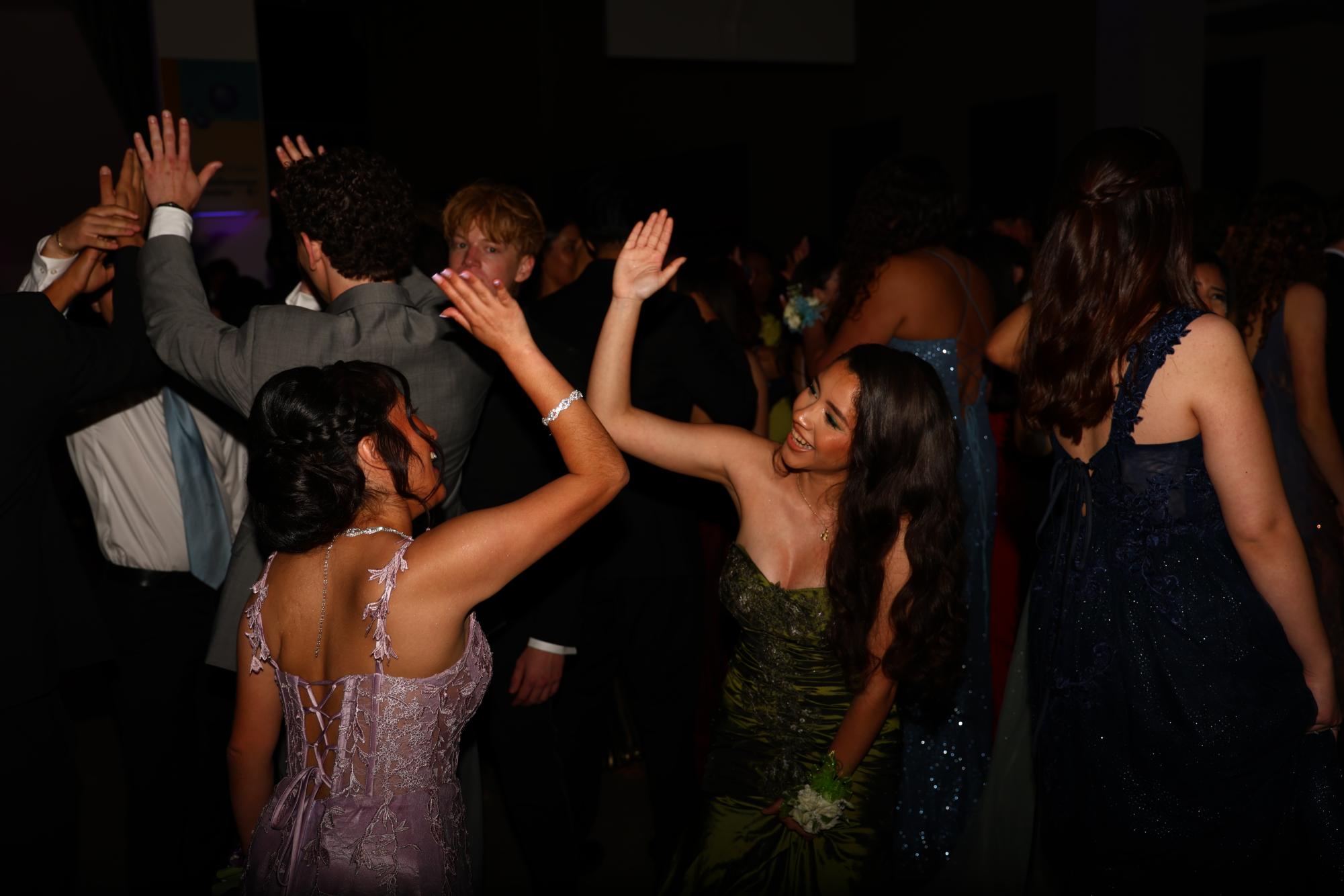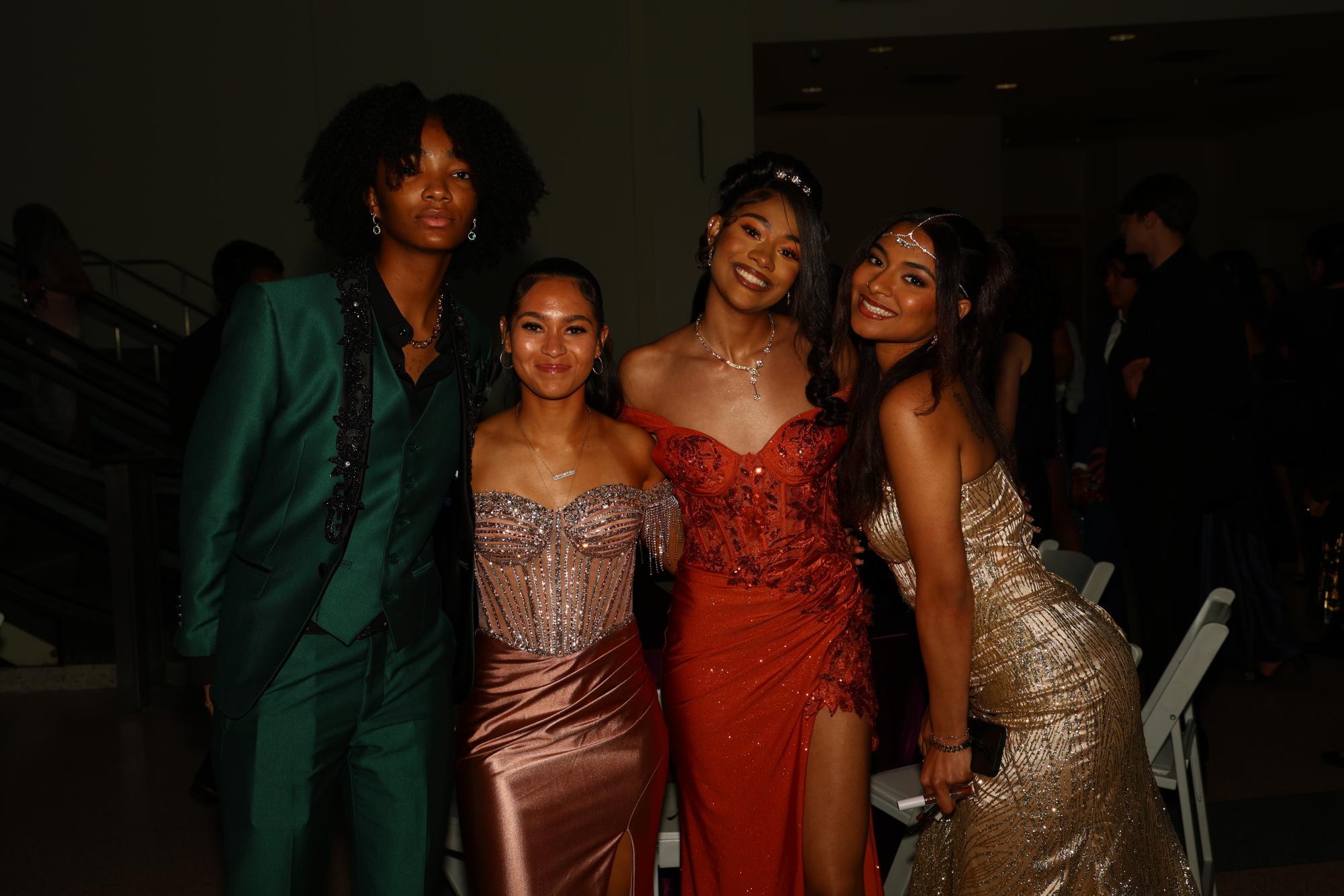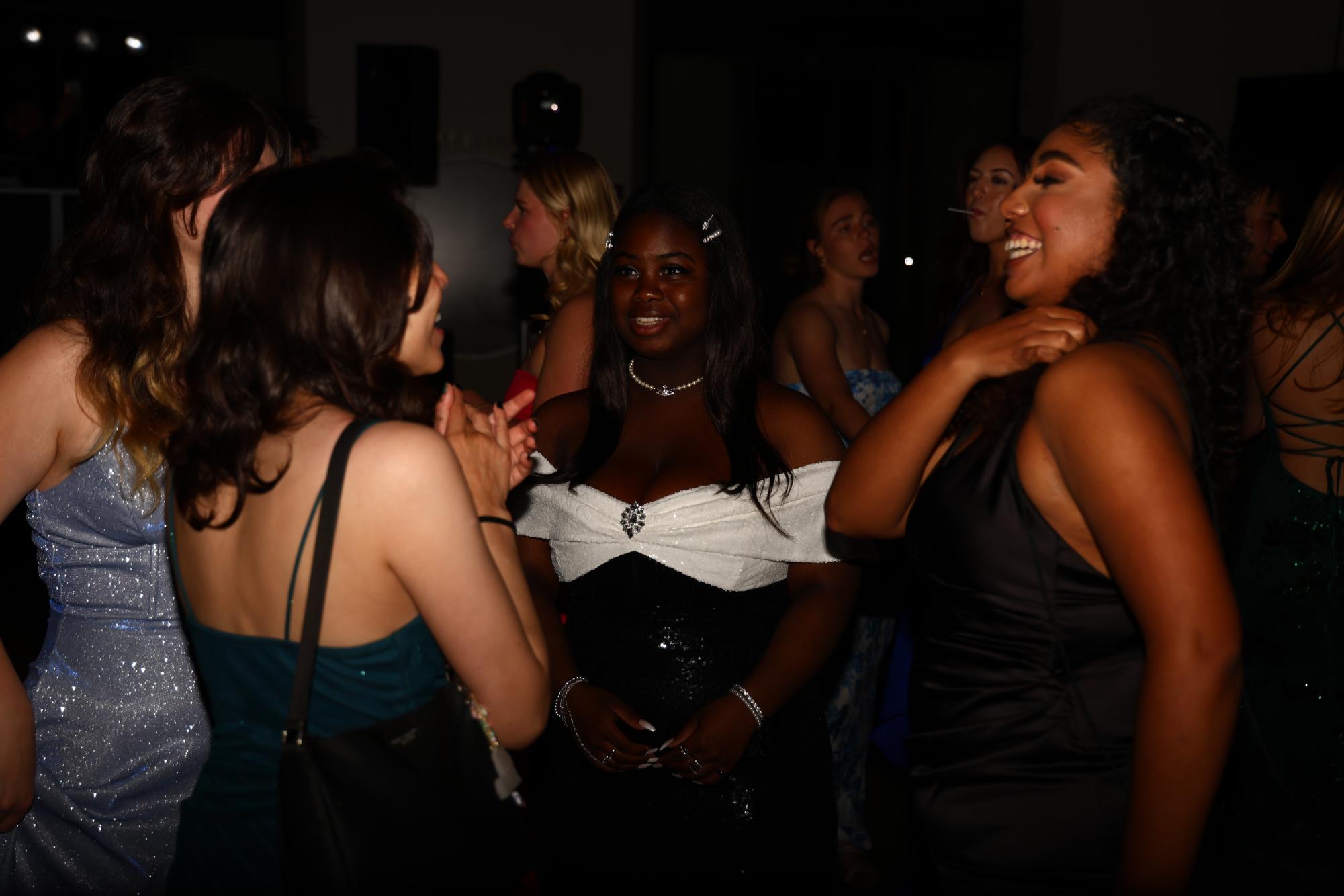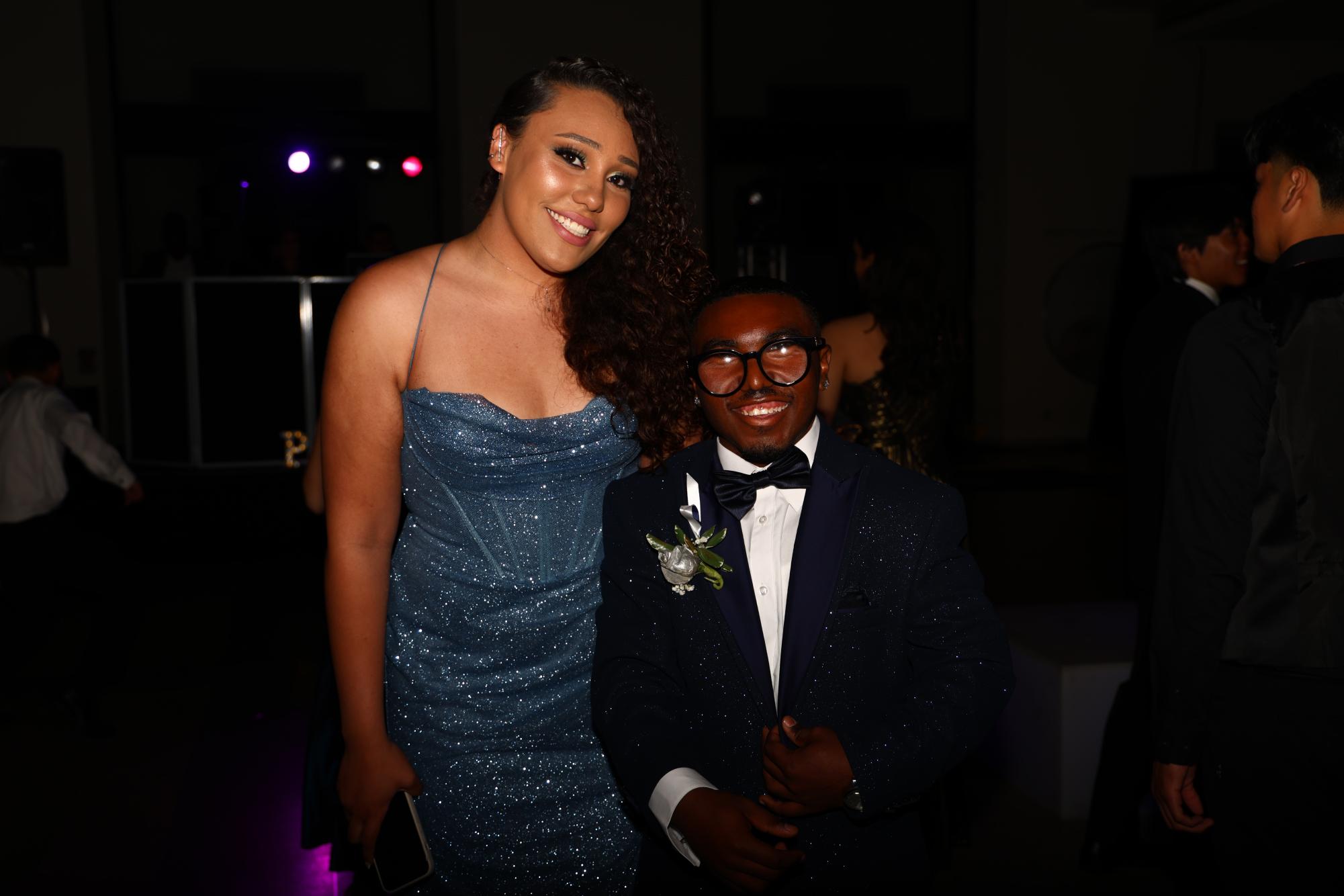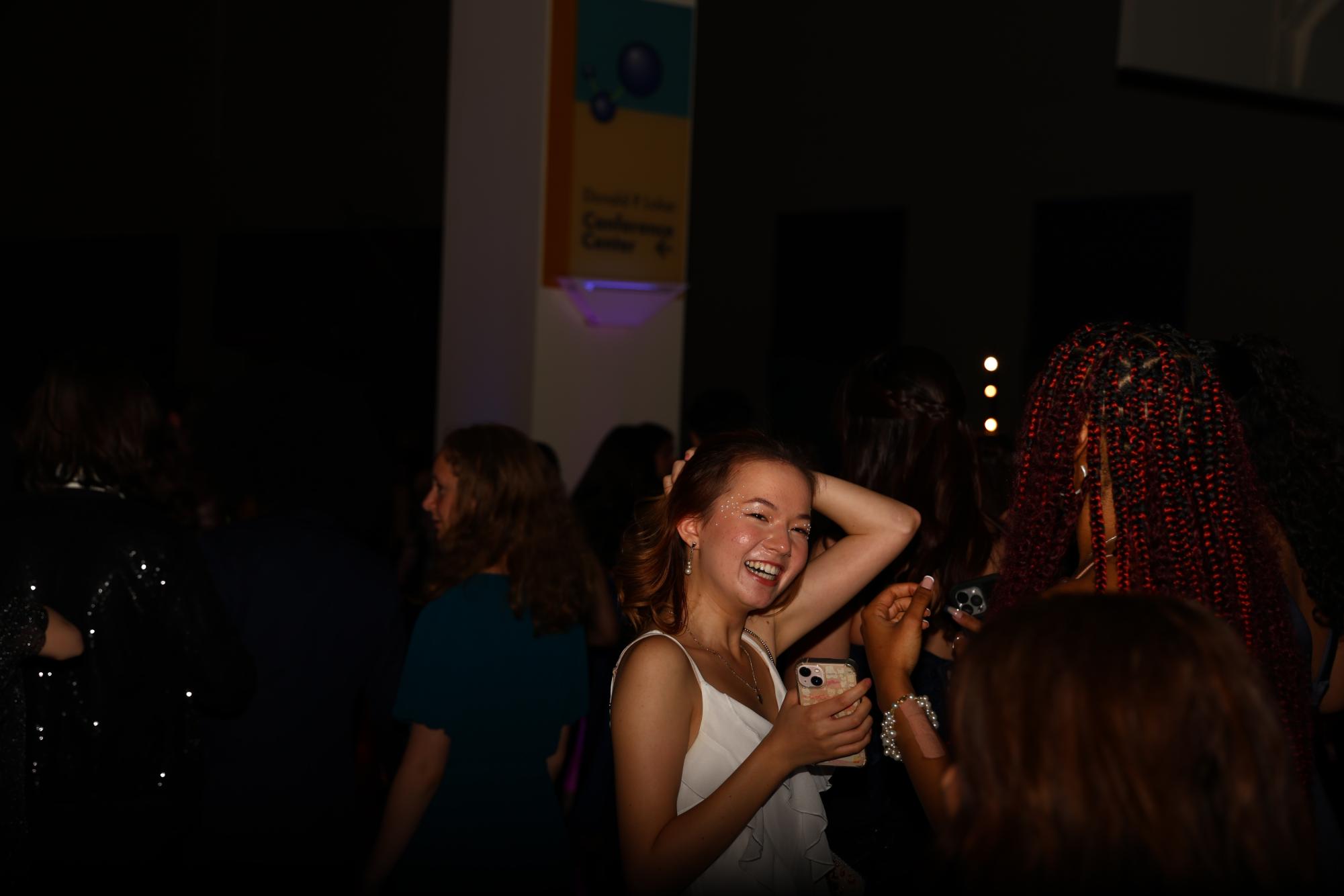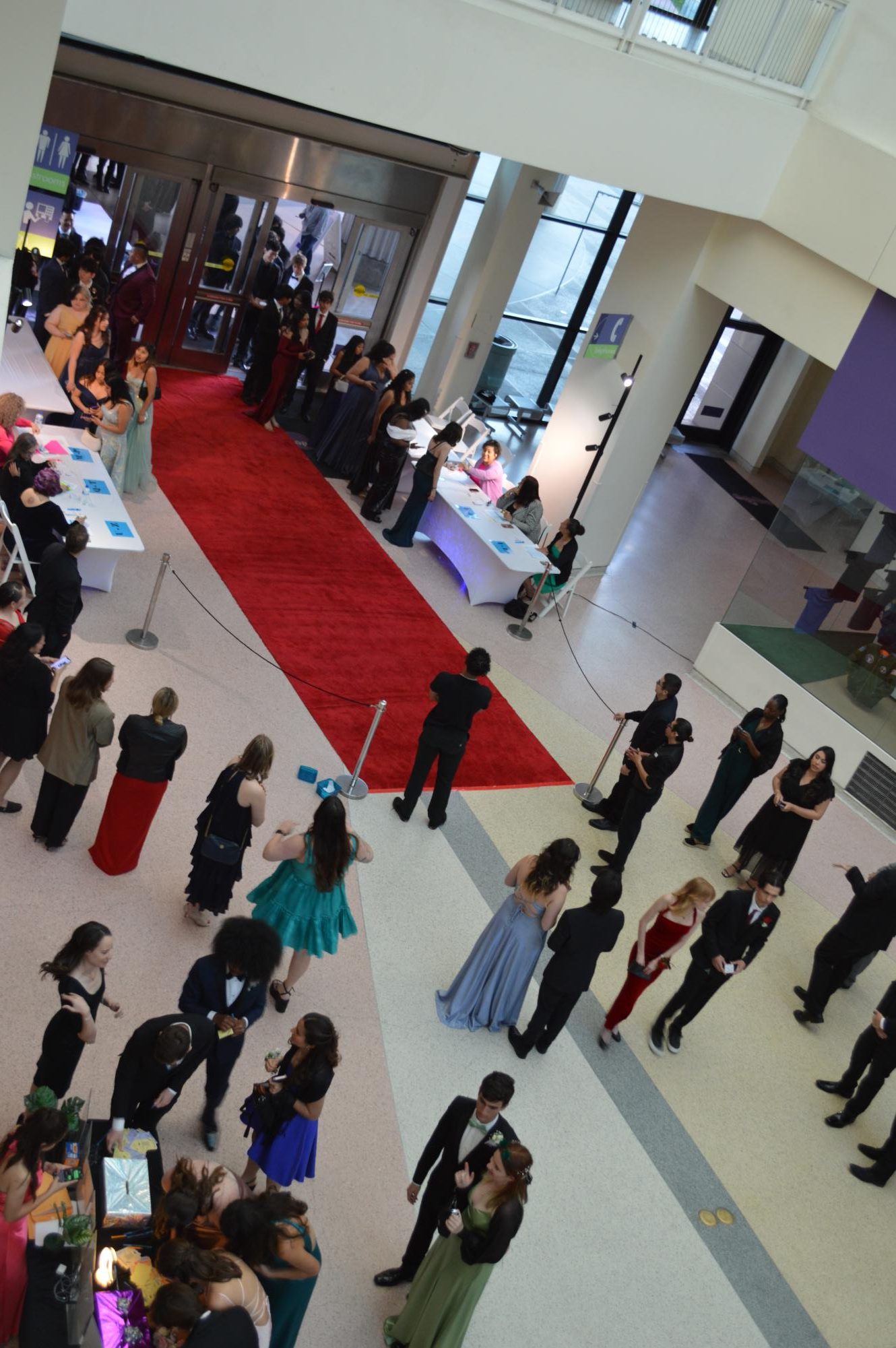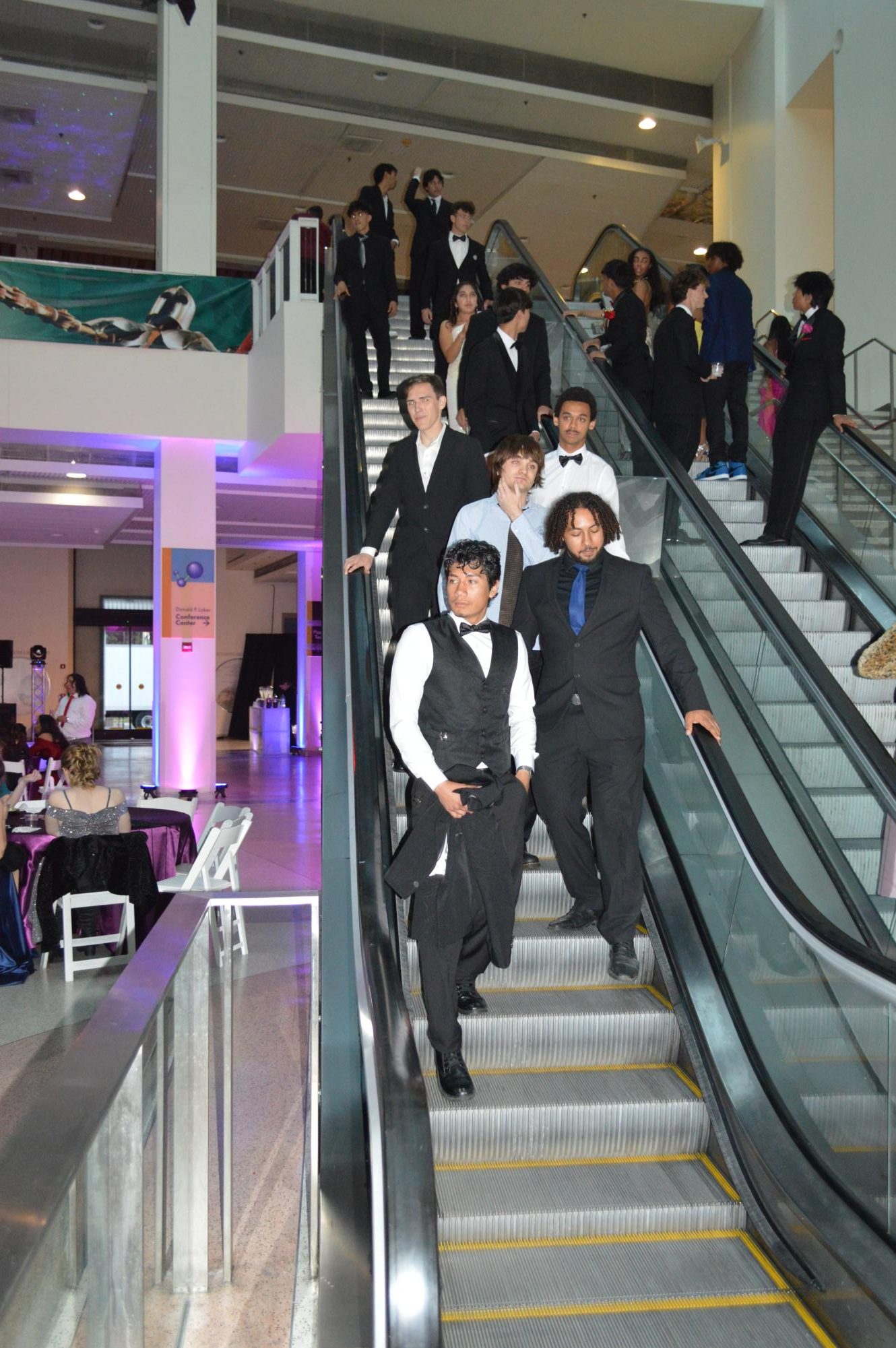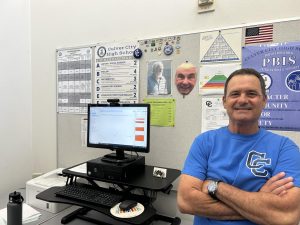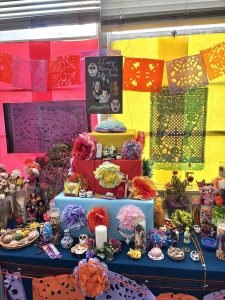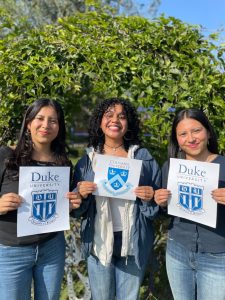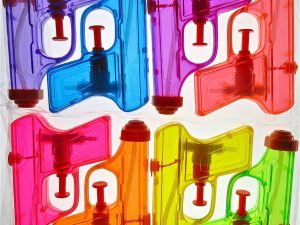Astrophysics Club Research for NASA’s Artemis Program
February 3, 2021
Typically spending meetings discussing new SpaceX launches, astronomy events, and theoretical astrophysics, the Astrophysics Club has recently been accepted to conduct international research as a part of NASA’s Artemis Program. The goals of the Artemis Program are vast, but have one main objective, establish an astronaut-inhabited base on the moon. In order for this to occur sustainably, NASA has been recruiting young scientists across the US through the Plant The Moon initiative to collect varying-procedure data on growth rates of plants in lunar soil simulant.
With our advisor Mr. Carter, Vice President Miro Garrett, and myself as President, our club has designed our own 10-week-long experiment to manipulate the given crop seeds, the minerals, nutrients, and pH of the lunar soil (regolith) simulant, and other surrounding controlled environmental factors (ie. light or temperature). With the data we collect, we hope to prove our hypothesis and develop a prototype procedure to maximize the growth rate of lunar agriculture, eventually contributing this data to a large data pool that will help NASA’s Artemis Team to terraform (to make more Earth-like) lunar habitats.
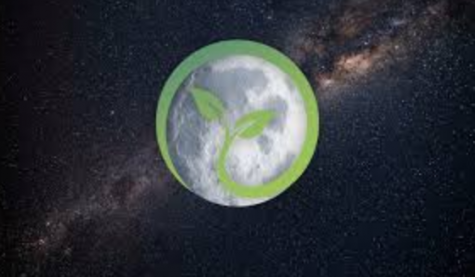
Throughout the trial, the club has been meeting via Zoom to discuss our experimental design and its variables, our hypotheses, construction of our plant-habitat simulation using the lab materials provided by the Plant The Moon initiative, as well as plant growth updates. By late May, we will have put together our research into a report and presentation to be evaluated by the initiative’s Lead Scientists.
With the contacts that the Club Leaders have made through our STEM field trips and other activities, we were able to contact the Director of the Institution of Competition Sciences in order to enroll for the team-research position as a part of our annual STEM activity/initiative (since we haven’t been able to go telescoping or tour an observatory as was planned last year).
Having developed research skills and a renewed passion for the application of sciences to relevant and progressive astronautics projects, Astrophysics Club hopes to inspire its club members and those fascinated by space sciences to get involved in science — whether it be an AP Chem Capstone project, measuring phosphate concentrations in the La Ballona creek to research water pollution rates, contacting college laboratory professors, or even investigating something in their backyard.
